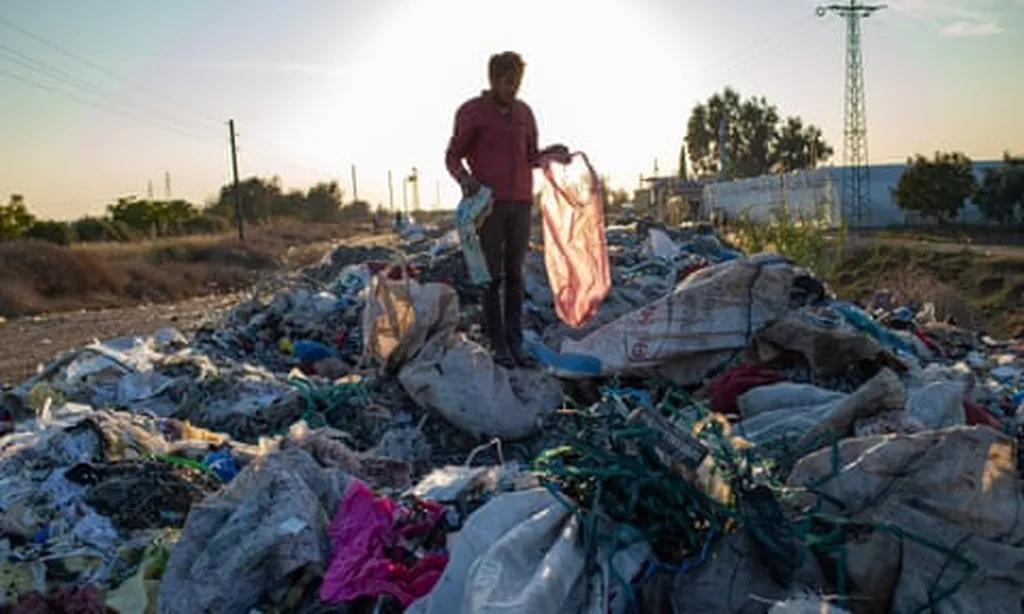In a significant stride towards enhancing marine fuel quality and environmental performance, researchers have introduced a novel, additive-free technique for moisture extraction from Marine Gasoil (MGO). The study, led by George Tzilantonis from the Department of Chemical Engineering at the University of Western Macedonia, Greece, leverages the hydrophilic polymer polyacrylamide to attract and remove water molecules from fuel, improving combustion stability and reducing pollutant emissions.
The process is straightforward yet effective. Polyacrylamide, with its polar amino groups, acts like a magnet for water molecules in the fuel. It pulls the moisture out without altering the fuel’s composition, unlike traditional drying methods or chemical additives. This is a game-changer because it’s a physical process that doesn’t require any chemical changes to the fuel itself.
The results are impressive. In just one hour of treatment, the water content in MGO decreased by 34.6%, from 29.3 mg/kg to 19.15 mg/kg. For MGO–biodiesel blends, the reduction was 36.5%, from 32.04 mg/kg to 20.34 mg/kg. “This is a significant improvement,” says Tzilantonis, “and it opens up new avenues for research into polymer–fuel interactions and non-chemical strategies for fuel enhancement.”
The implications for the maritime industry are substantial. Economically, this technology reduces dependence on costly chemical additives and energy-intensive drying processes. Environmentally, it’s a win-win. By improving combustion efficiency, it lowers emissions of hydrocarbons (HC), carbon monoxide (CO), and smoke, helping the industry comply with increasingly stringent regional and global environmental regulations.
This research, published in the journal ‘Resources’ (which translates to ‘Natural Resources’ in English), highlights the potential for further exploration into polymer–fuel interactions. It’s a step towards a more sustainable and efficient maritime sector, and it’s a testament to the power of innovative, non-chemical solutions.
For maritime professionals, this means a potential shift in how we approach fuel conditioning. It’s an opportunity to reduce costs, improve efficiency, and, most importantly, minimize our environmental impact. As the industry continues to evolve, such advancements will be crucial in meeting the demands of a greener, more sustainable future.
In the words of Tzilantonis, “This work introduces a novel, sustainable, and practical process for improving maritime fuel quality.” And that’s something we can all sail behind.

